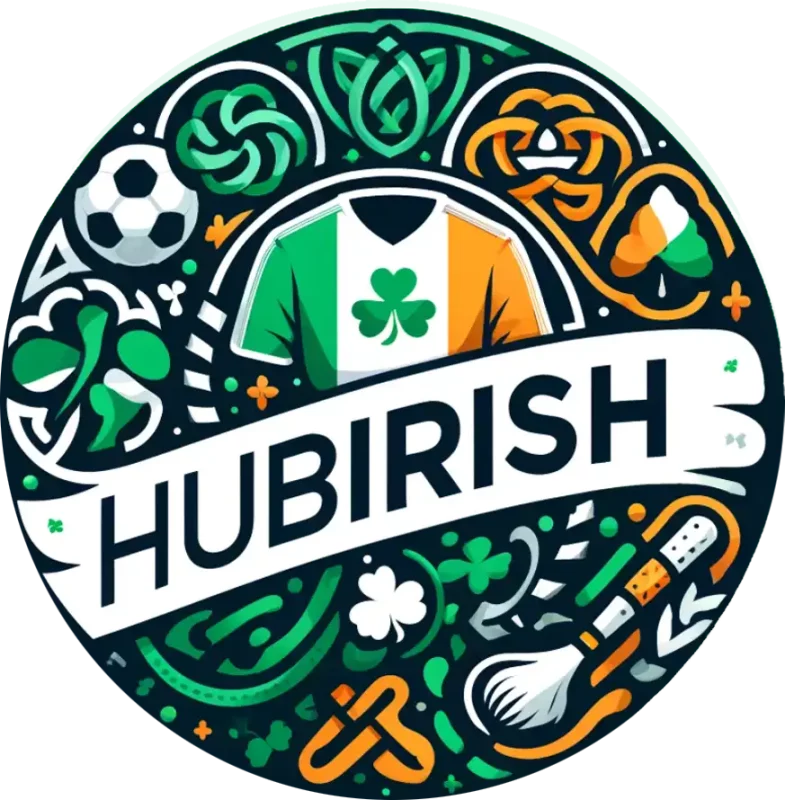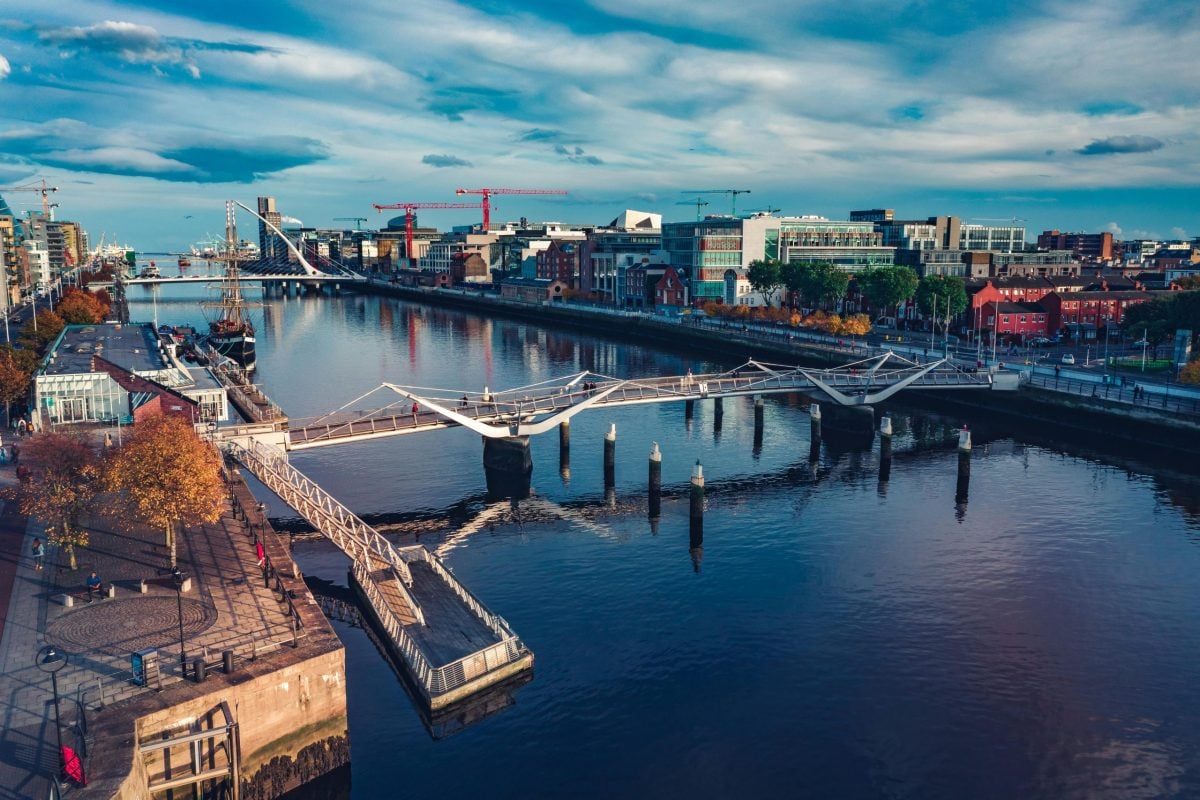Uncategorized
Ireland’s Heartbeat: Song of a Nation Born from Struggle
Ireland’s Heartbeat: How a Failed Revolution Inspired a Nation’s Song
Estimated reading time: 7 minutes
Key Takeaways
- The essence of Irish music lies in its ability to weave stories of struggle and hope.
- “Amhrán na bhFiann” exemplifies the enduring spirit of Ireland’s revolutionary history.
- Modern challenges continue to inspire a new wave of Irish music, connecting past to present.
Table of Contents
Introduction
The Heart of the Story
The Wider Echo
The Now & The Next
Did You Know?
FAQs
Final Word
Introduction
Ah, Ireland. The land of rebels, poets, and singers who weave magic with the stroke of a pen or a strum of a guitar. Our melodies echo through history — gut-wrenching, beautiful, and often stained with sorrow. There’s a song for every soul, every struggle, every inch of this island we call home. In these tunes, we find our heartbeat, a rhythm that pulses through the veins of rebels who dared to dream, even when dreams turned to dust. From the ashes of 1916’s failed revolution sprang not just a bitter fight for freedom, but a soundtrack for a nation’s heartbeat. A ballad bursting with hope, defiance, and the undeniable spirit of the Irish. Grab a pint, pull up a chair, and let us wander through these sacred notes.
The Heart of the Story
Gather ‘round now, for I have a tale to tell — one of heroes turned martyrs, a nation on fire, and the melodies that poured from troubled souls. Picture it: Dublin, April 1916. A rebellion brews like a pot of strong tea, bittersweet and steamy. The fight for independence ignited, but as the dust settled, so too did despair. Young hearts yearning for change were met with the crushing weight of defeat. And yet, it was from that despondence that our national anthem, “Amhrán na bhFiann,” began to echo — a tune of pride that quenched the thirst of hope in the hearts of many.
Up in County Kerry, deep in the earth, folklore mixed with the sweet sounds of rebellion — it’s there amongst the rolling hills that you’ll hear the whispers of songs sung around peat fires where dreams were born anew. The songs we clung to after that fateful fight were not merely tunes, but our lifeline, bridging generations between then and now. Those notes carried across oceans, to Boston bars and Sydney’s shores. Every strum and every word was a reminder not just of failure, but a promise — we are still here, we are still fighting.
Kerry has its own songs, too, rich with the struggle for identity, echoing the triumphs of the past with every note played on a tin whistle. This music forever intertwines our story with that of the revolution, a reminder that each note sung was a defiance that never truly faded.
The Wider Echo
Fast forward to today, and that same haunting melody resonates, carrying the stories of those who have fought and bled for this land. Each GAA match rings with the echoes of our history; with every victory chant and sorrowful ballad, the strains of our past come rushing back. The rebels of 1916 didn’t just fuel a revolution; they gave us a soulful soundtrack that continues to inspire, challenge, and uplift us.
Look around — the vibrant diaspora celebrating on distant shores, from New York to Melbourne, all singing along to “The Foggy Dew” and “A Nation Once Again.” Each resonating chord — a piece of our fight, our identity, threading through time. Here in the North, the songs of freedom still echo through the alleys, the pubs filled with voices whispering tales of resilience — the struggles of the past staying alive, unbowed. The music of a nation never lets its heart sink without a fight.
The Now & The Next
But let’s bring it to the present. Feels like we’re standing on the edge of another reckoning, doesn’t it? As we face new battles — housing crises, mental health struggles, the rising tides of climate catastrophe — that same revolutionary spirit hammers within us, fueled by the songs we still sing. It’s no longer just about the fight for independence; it’s a fight for our homes, our families, and our future.
And what about that wee lad in Tralee wearing his Kerry jersey, singing rebel songs at the top of his lungs? He knows something: music is a lifeline. It binds us, unites us across counties and beyond borders, reminding us that the spirit of those rebels lives on. For every GAA match played abroad, for every old folks’ home where songs are sung, we keep their legacy alive, pushing through the madness of modern life with the magic they left behind.
Did You Know?
- The song “Amhrán na bhFiann” became the national anthem of Ireland after the 1916 Easter Rising, symbolizing the enduring fight for independence.
- The popularity of rebel songs surged among Irish emigrants, especially in the United States, during the late 20th century, strengthening their connection to homeland struggles.
FAQs
What inspired rebel songs during the Irish revolution?
Rebel songs emerged as a way to express discontent and hope, often infused with a desire for independence. They became a rallying cry for many, encapsulating the struggles of those fighting against oppression. Explore more about our heritage through our collection of GAA jerseys inspired by that very spirit.
How has music influenced modern Irish identity?
Music remains a powerful tool in shaping Irish identity today, fostering community wherever Irish people gather. It transcends borders, keeping the flame of our rich heritage alive whether you’re in a pub in Dingle or a bar in Brooklyn, singing along to the same songs that have defined generations.
Final Word
So here’s a toast, dear friends, to the melodies that rise from our struggles and victories. Let them remind us of our roots as we dance in defiance of despair, uniting as one. If you carry the same pride we do, you’ll find a piece of home — and heart — waiting at HubIrish.com.
Sing loud, sing proud, for as long as there are hearts beating in this land, the songs of Ireland will continue to echo far and wide.

